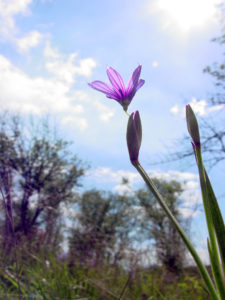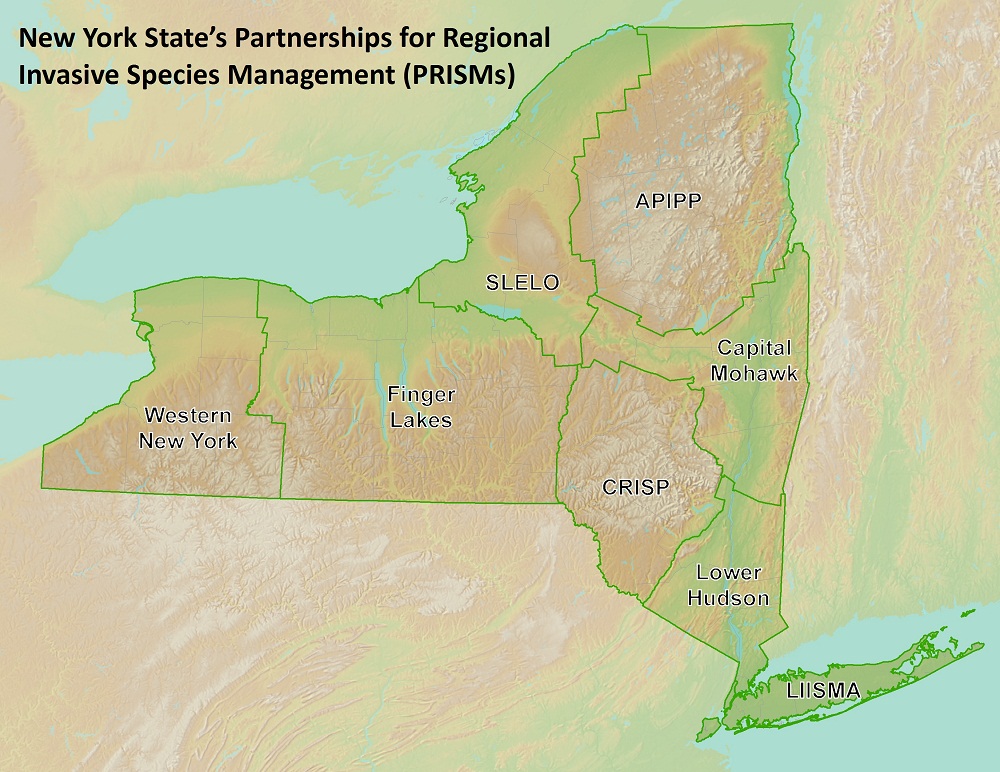Improving Ecosystems with Aquatic Plants

Photo courtesy of Christine Williams, Mackenzie Cowan, Sandra Miles, Sally Villegas, and West Eugene Wetlands staff. https://creativecommons.org/licenses/by/2.0/
Researchers Lyn Gettys and Kimberly Moore conducted a study and a series of experiments at the University of Florida to determine whether littoral aquatic plants could be grown effectively using a variety of substrates and irrigation methods similar to techniques used by traditional greenhouses for large-scale plant production.
Their discoveries are shared in the article Greenhouse Production of Native Aquatic Plants available Open Access in the February issue of HortTechnology.
Wetland restoration is critical for improving ecosystem services, but many aquatic plant nurseries do not have facilities similar to those typically used for large-scale plant production. This study attempts to determine what methods would effectively benefit the large-scale production of aquatic plants as a possible resource of bolstering the improvement of the ecosystems.
Projects that focus on restoration, mitigation, and enhancement of aquatic and wetland regions provide valuable ecosystem services and habitat for native flora and fauna. These projects call for a mixture of plant types and sizes to create the diverse architecture needed to provide good habitat for native animals.
There are numerous active projects in the Finger Lakes PRISM. The Upper Susquehanna Coalition is actively working on a range of wetlands projects and has created an online resource with wetlands information at: http://www.u-s-c.org/html/wetlandresources.htm. The Sustain Our Great Lakes program provides grants focused, in part, on improving wetlands in the great lakes basin.
There is strong demand for the native littoral zone (shoreline or shallow water) plants required to execute these projects, but many wetland nurseries are unable to produce sufficient quantities of “right-sized” plant material due to inadequate facilities and infrastructure.
This problem can be viewed as an opportunity and may be addressed by determining how to cultivate these species using the greenhouse techniques that are employed to culture landscape plants. Gettys and Moore conducted experiments focusing on four littoral zone species: arrow arum, blue-eyed grass, golden club, and lemon bacopa. All four species are perennials native to the United States and are easily propagated by division.
These experiments were designed to provide guidelines for growers who are interested in capturing part of the growing niche market for littoral-zone plants without costly infrastructure upgrades.
Plants were grown in pots with drainage holes that were filled with potting substrate, topsoil, coarse builders’ sand, or a 50/50 mix of topsoil and builders’ sand. These substrates were amended with controlled-release fertilizer and were watered using either overhead irrigation or subirrigation. The plants were grown for 16 weeks, then they were scored for quality and height before a destructive harvest.
Blue-eyed grass and arrow alum performed best when subirrigated and cultured in potting substrate or sand. Golden club and lemon bacopa grew best when plants were cultured in potting substrate and maintained under subirrigation.
The finding that these species performed best under subirrigation conditions was not unexpected because early research on the culture of littoral and obligate wetland species revealed that best growth was achieved in flooded sand. Because sand substrates tend to have lower water-holding capacity, they are best used in aquatic plant production under flooded settings.
The experiments reveal that good quality and growth of these littoral zone plants can be accomplished using standard commercially available containers, substrates, controlled-release fertilizer, and inexpensive flood trays that are easily constructed to provide subirrigation.
Although there was no “one size fits all” method for optimal culture of all wetland species, greenhouse production of these perennials should be fairly straightforward without significant modifications or changes to existing infrastructure.
The researchers determined that it would be wise for growers to evaluate production methods on a species-by-species trial before gearing up for large-scale greenhouse production of wetland plants.
Original materials provided by American Society for Horticultural Science.
- Lyn A. Gettys, Kimberly A. Moore. Greenhouse Production of Native Aquatic Plants. HortTechnology, 2019; 29 (1): 41 DOI: 21273/HORTTECH04212-18




